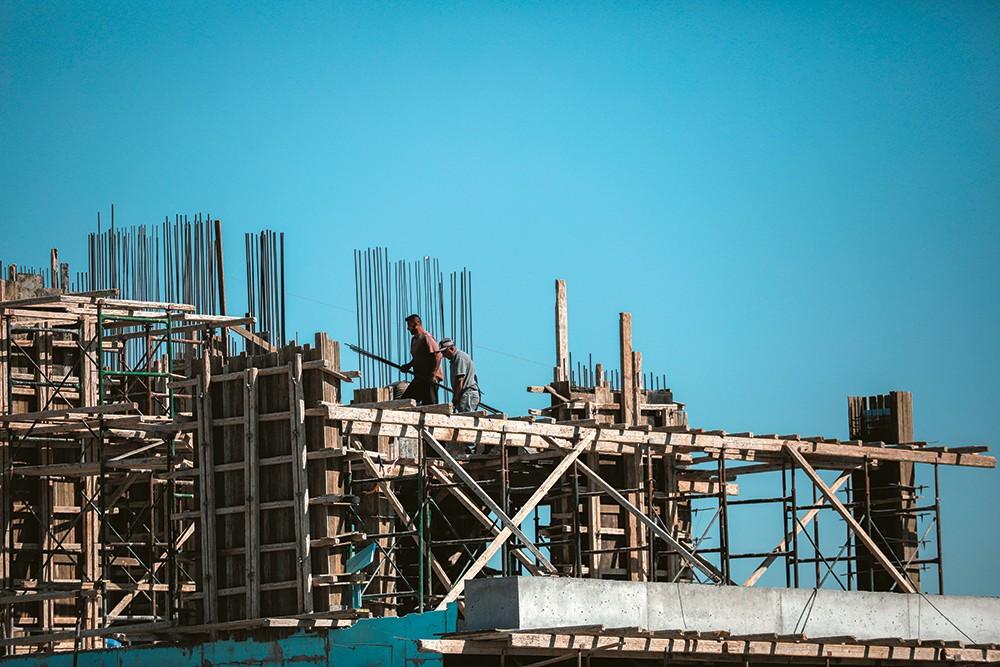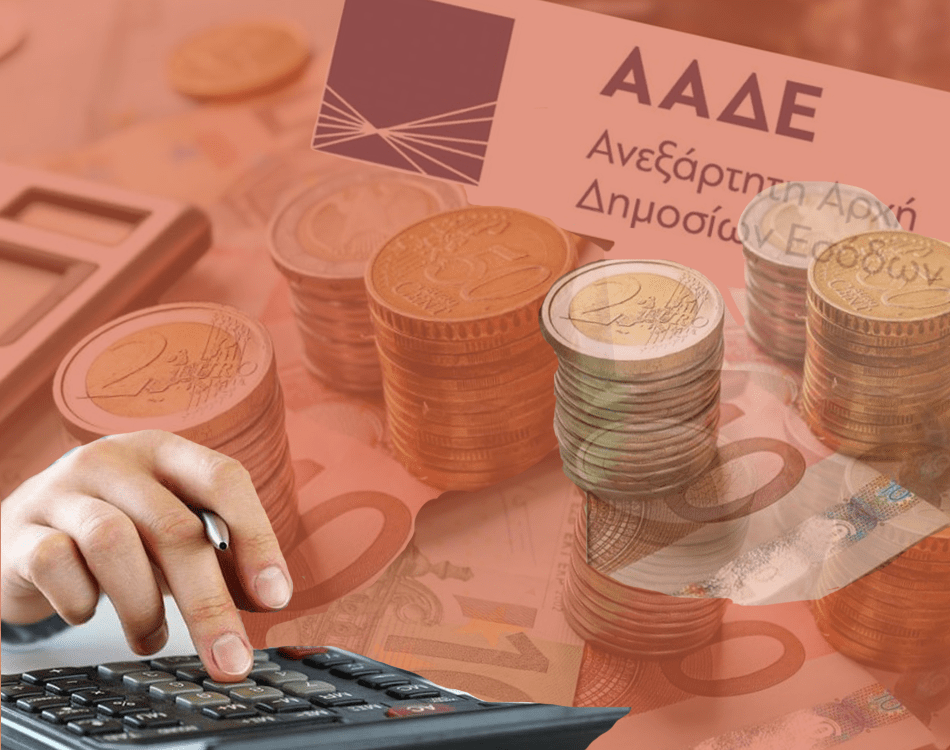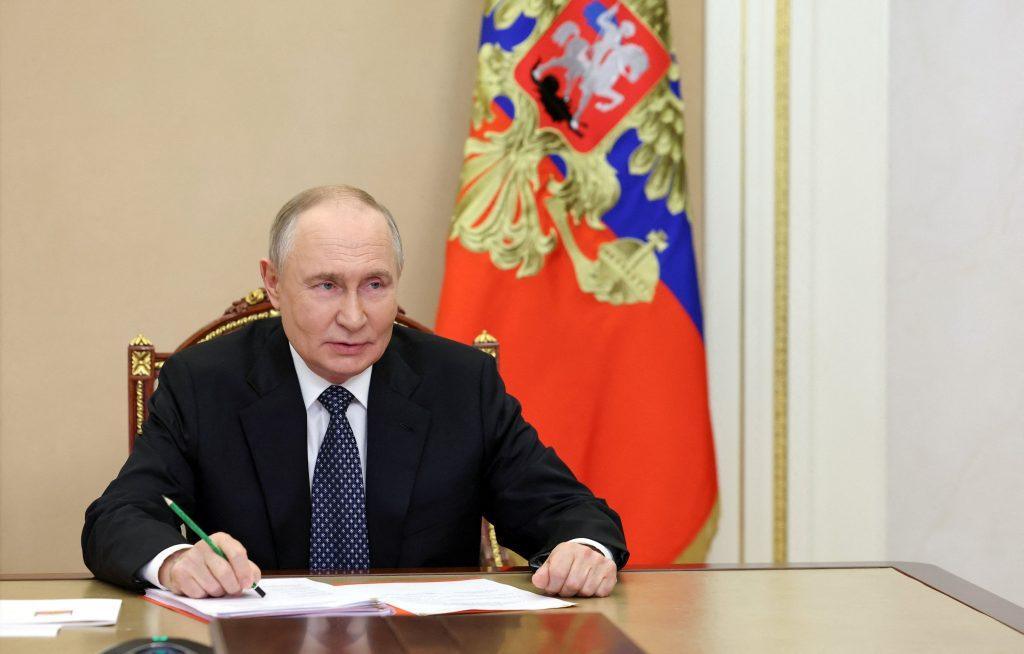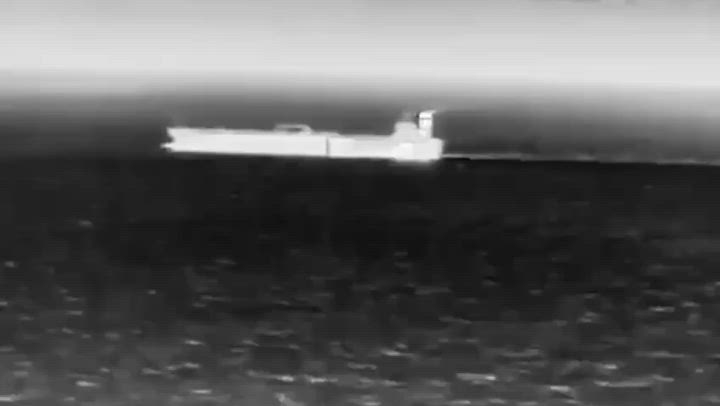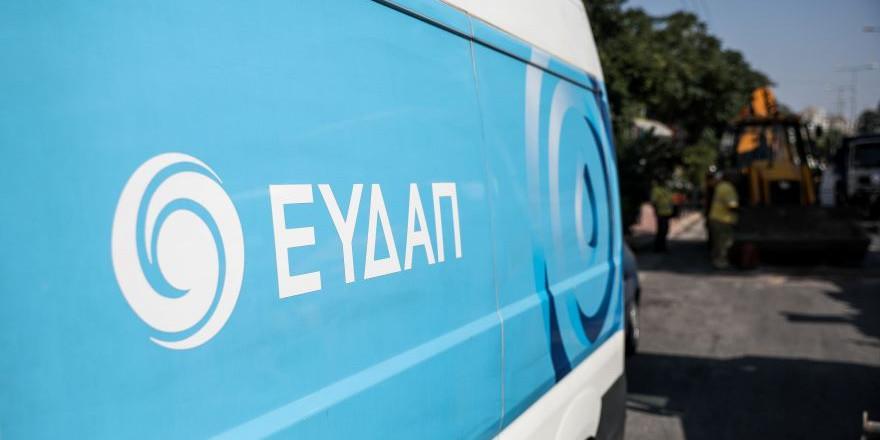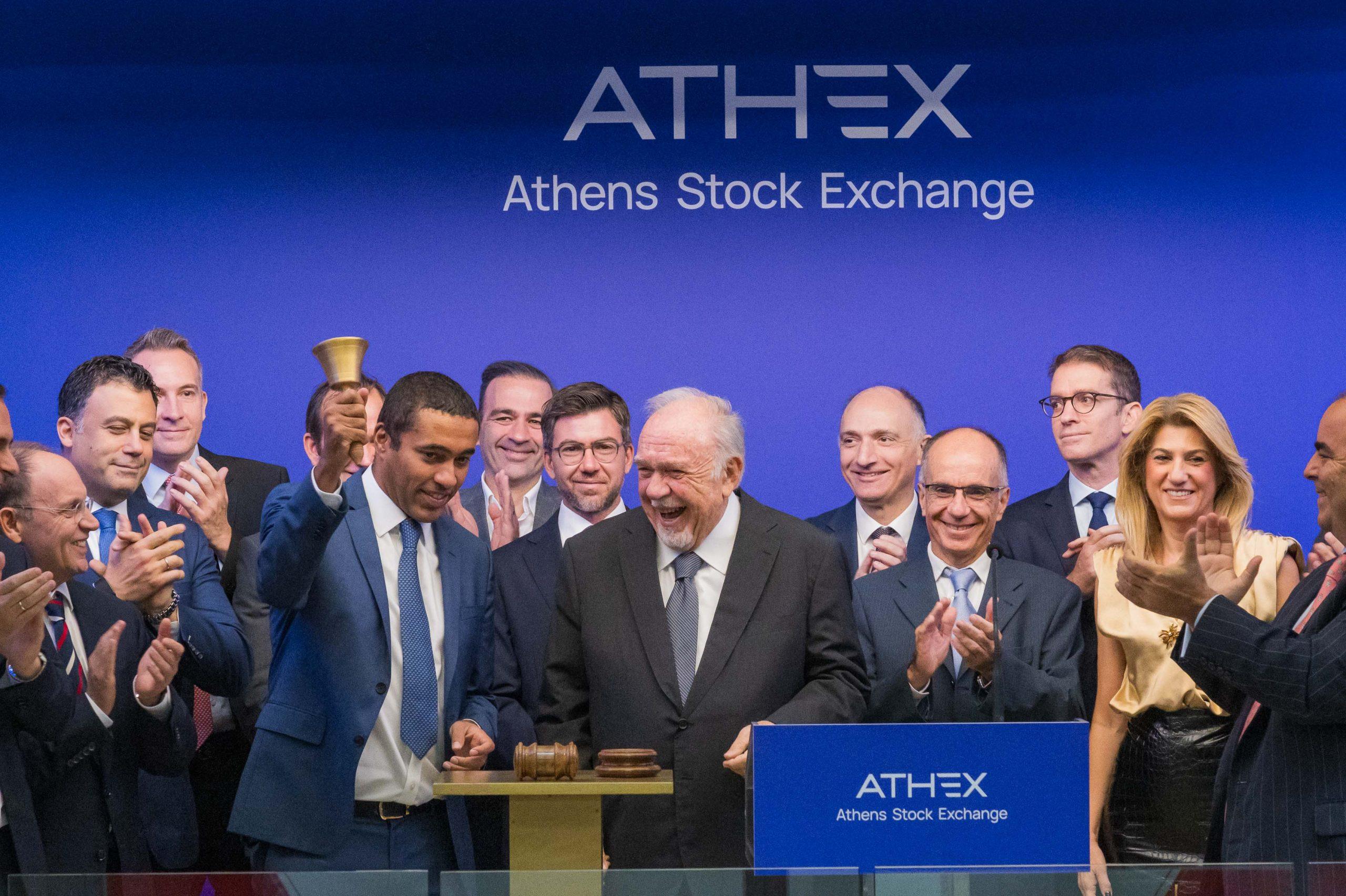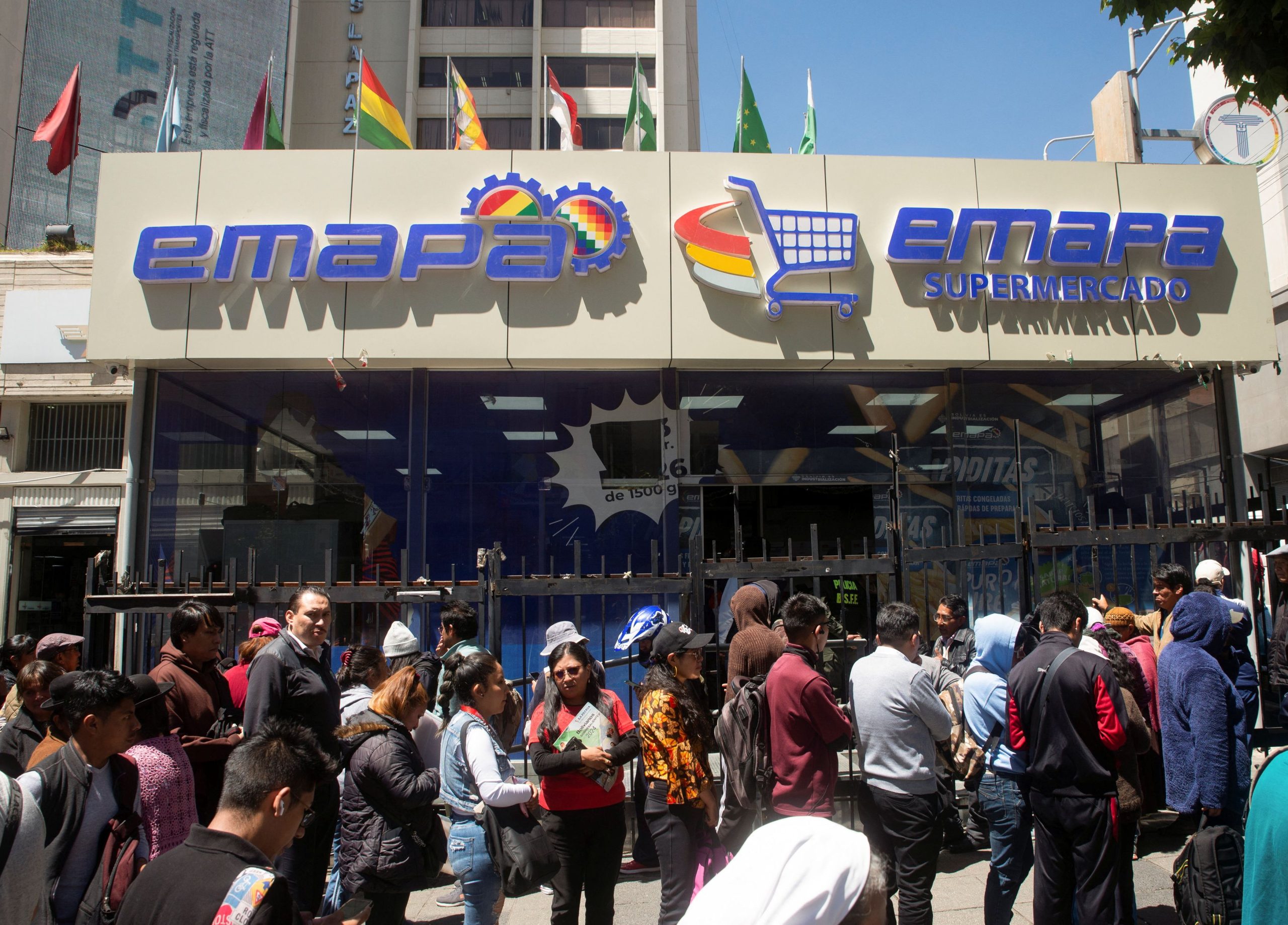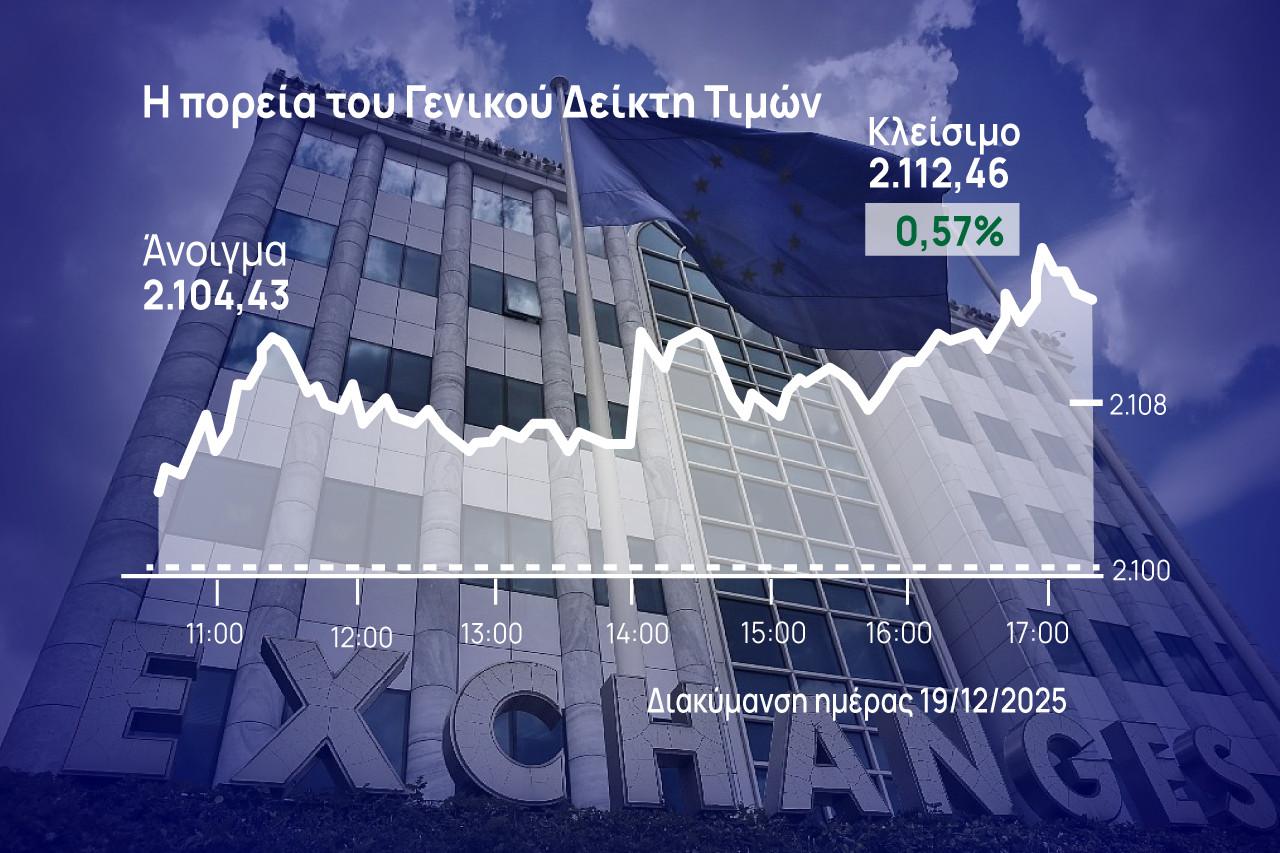An attempt to revive the investment plan for the exploitation of the Underground Natural Gas Storage (UNGS) of South Kavala is underway by the HRADF.
According to information available to OT, during Holy Week the Fund submitted to the European Commission a request to include the South Kavala UNGS in the projects of common interest (PCI) of the EU. and as a hydrogen store. In other words, in addition to being a facility for storing quantities of natural gas, it should also be developed as an infrastructure for maintaining stocks of the fuel of the new era.
In this way, HRADF seeks to keep the project alive and not to be excluded from the EU framework, to provide incentives but also to adapt to the requirements of the green transition. At the same time given the development of a multitude of investment projects in Europe for the production and transport of hydrogen, the South Kavala UNGS is sought to attract investment funds.
The South Kavala UNGS facility
The South Kavala UNGS is an exhausted natural gas field and is located west of Thassos in the Gulf of Kavala. It covers an area of 5 km2 and is located 11 km south of the Prinos oil field at a depth of 1,700 meters. Due to its geology, size, proximity to the natural gas pipeline, existing infrastructure and its uniqueness in Greece, the depleted South Kavala natural gas field is considered ideal for conversion to a natural gas storage facility (NGS).
The barren tender
However, the tender to grant it to investors was declared barren a few weeks ago. It lasted for almost three years with HRADF giving repeated extensions in the aforementioned period, while those who participated did not have the necessary UNGS pricing regulation in their hands for a long period of time,being essentially blind as concerns the submission of tenders. The Regulatory Authority for Energy is responsible, which prepared it months ago, without, however, satisfying the investment purposes of the prospective concessionaires. In addition, the Regulatory Authority disagreed last summer with the necessity of implementing accompanying projects that would serve the transfer of gas quantities to the subsea installation. The finalists of the competition were the joint venture GEK TERNA – DESFA and the company Energean.
Underground gas storage facilities
The importance of underground natural gas storage facilities was highlighted during the energy crisis and even more so when Russia cut off gas supplies to European countries. The quantities stored come to supplement the fuel flows to the consumers. In the EU there are 146 LNG carriers. Their storage capacity is 1,146 TWh (Terawatt hours). Most (60) are in Germany, 16 in France, 13 in Italy, 9 in Austria, Poland and the Czech Republic, 6 in Romania, 5 in the Netherlands and so on. Greece is one of the few countries that does not have a UNGS facility.
The importance of the operation of a nuclear power plant in Greece has been emphasized many times by competent bodies. If the South Kavala UNGS was in place in the summer of 2021, the storage of quantities of 6 TWh of natural gas at prices of 30 euros per Megawatt hour would lead to a significant reduction in energy costs given that the prices in the fourth quarter of the same year were at the level of 90 euros per Megawatt hours. So it is very easy to see what it would mean for energy costs when gas prices had shot up to 200 euros per Megawatt hour.
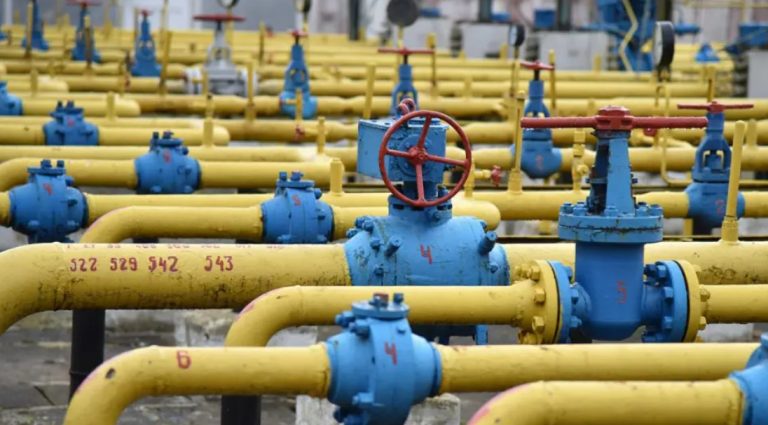
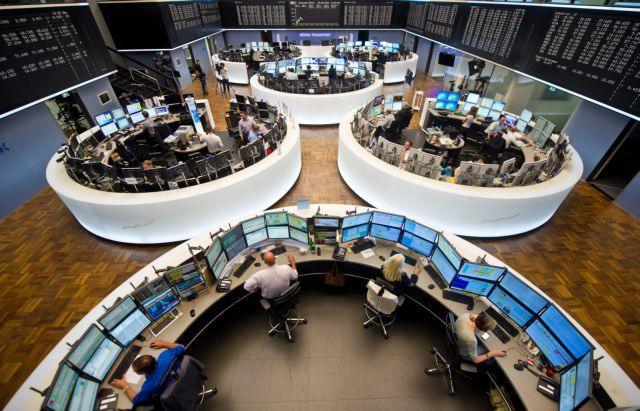
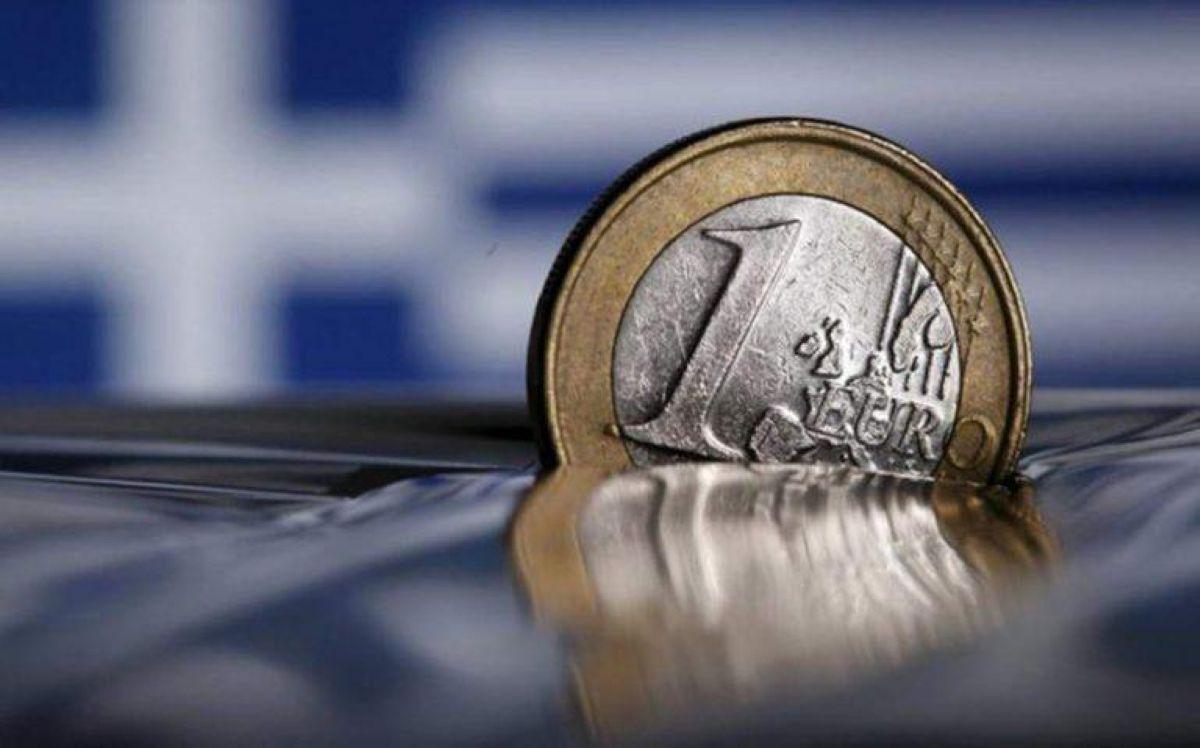

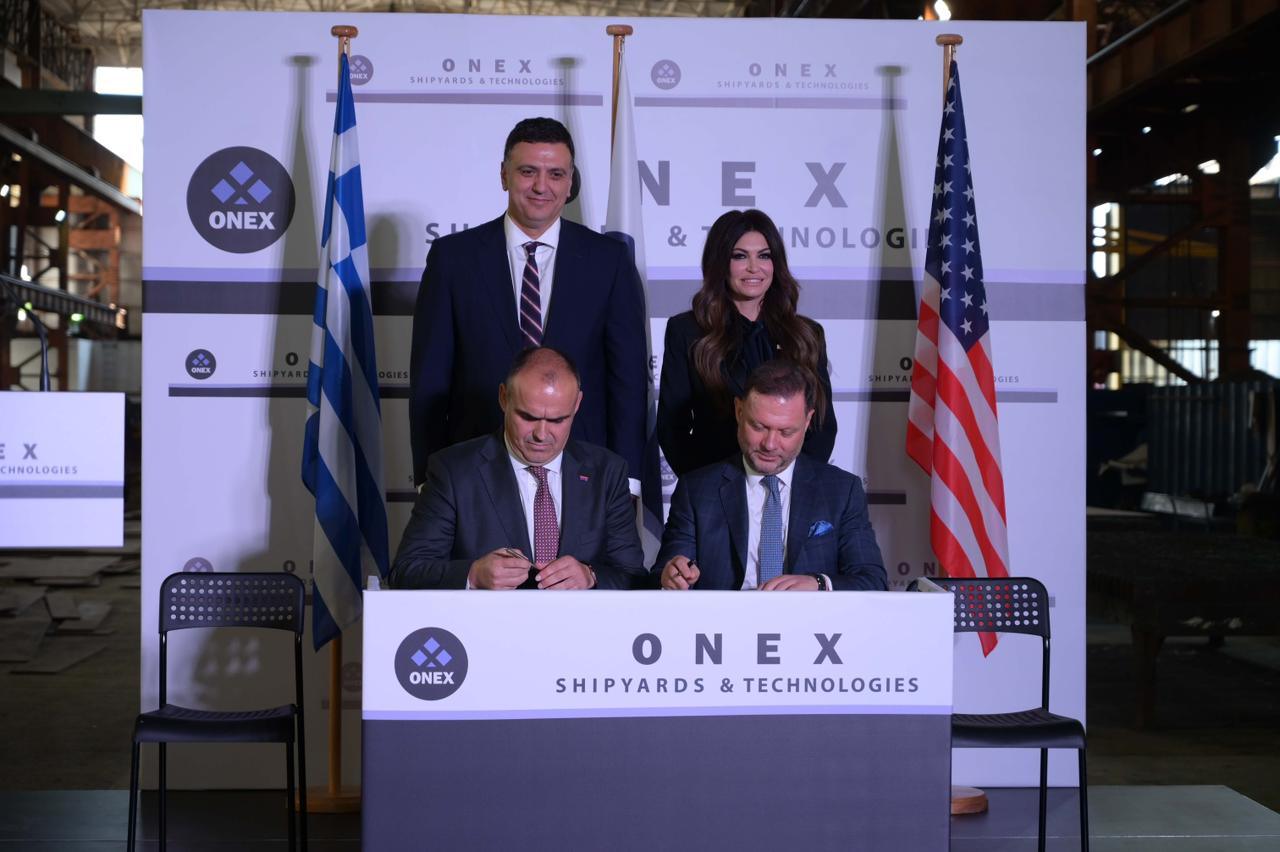






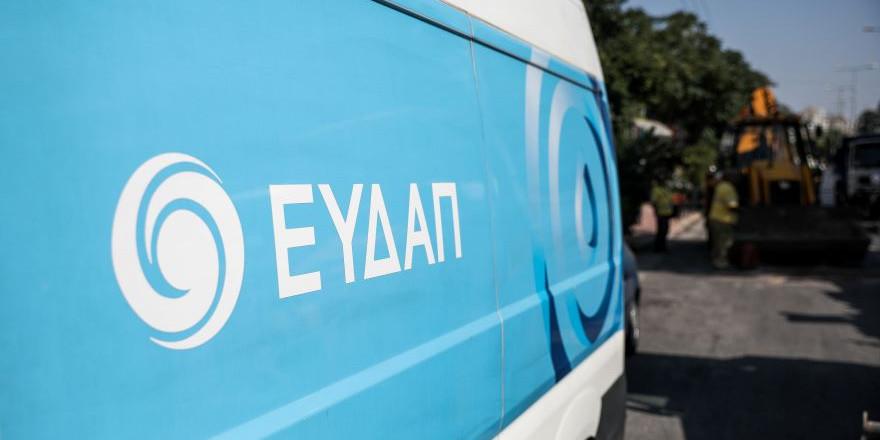
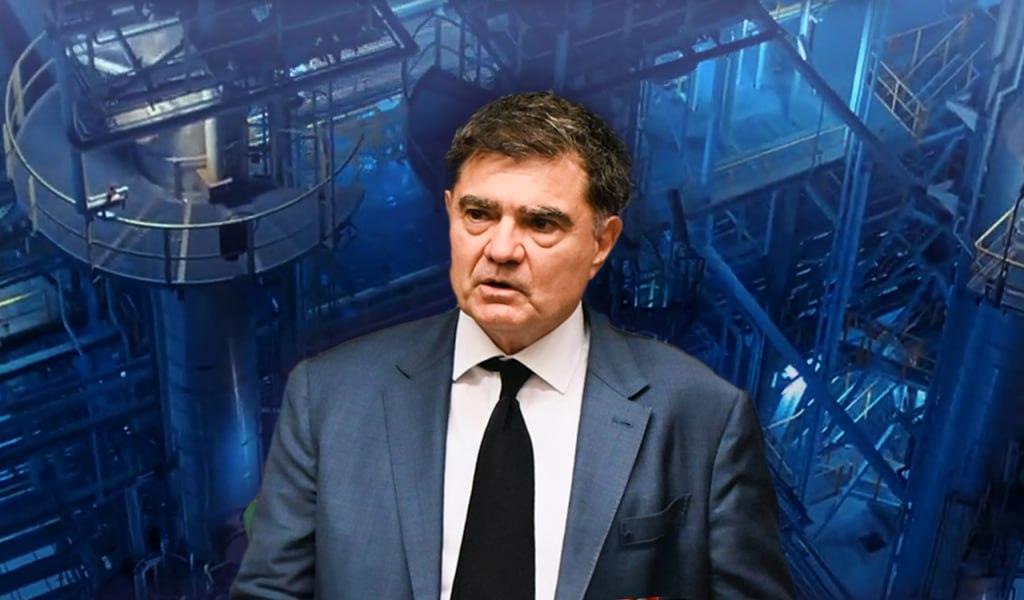

![Airbnb: Πρόταση για σύσταση ταμείου για τη στεγαστική κρίση [πίνακας]](https://www.ot.gr/wp-content/uploads/2025/11/airbnb.jpg)
